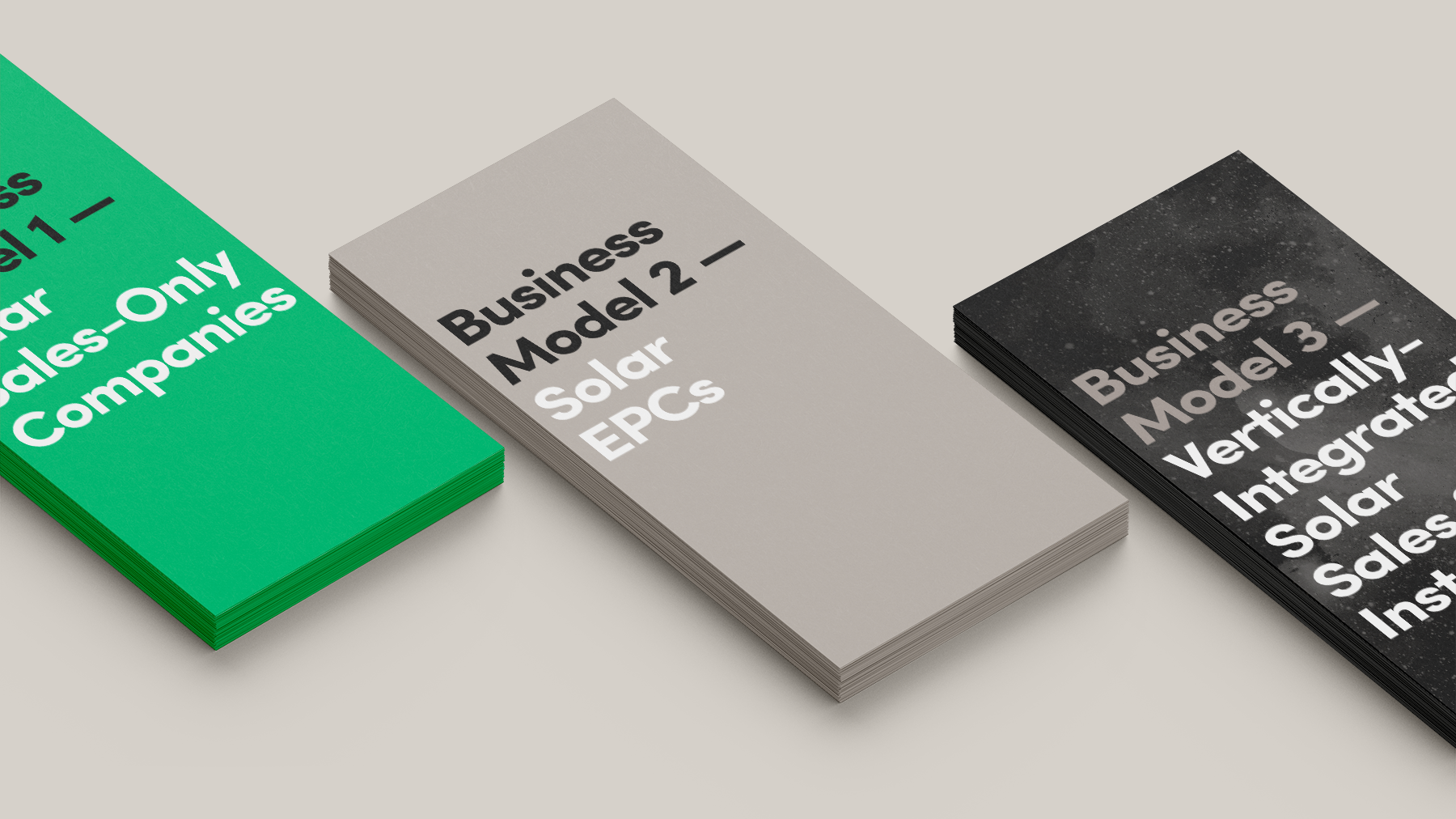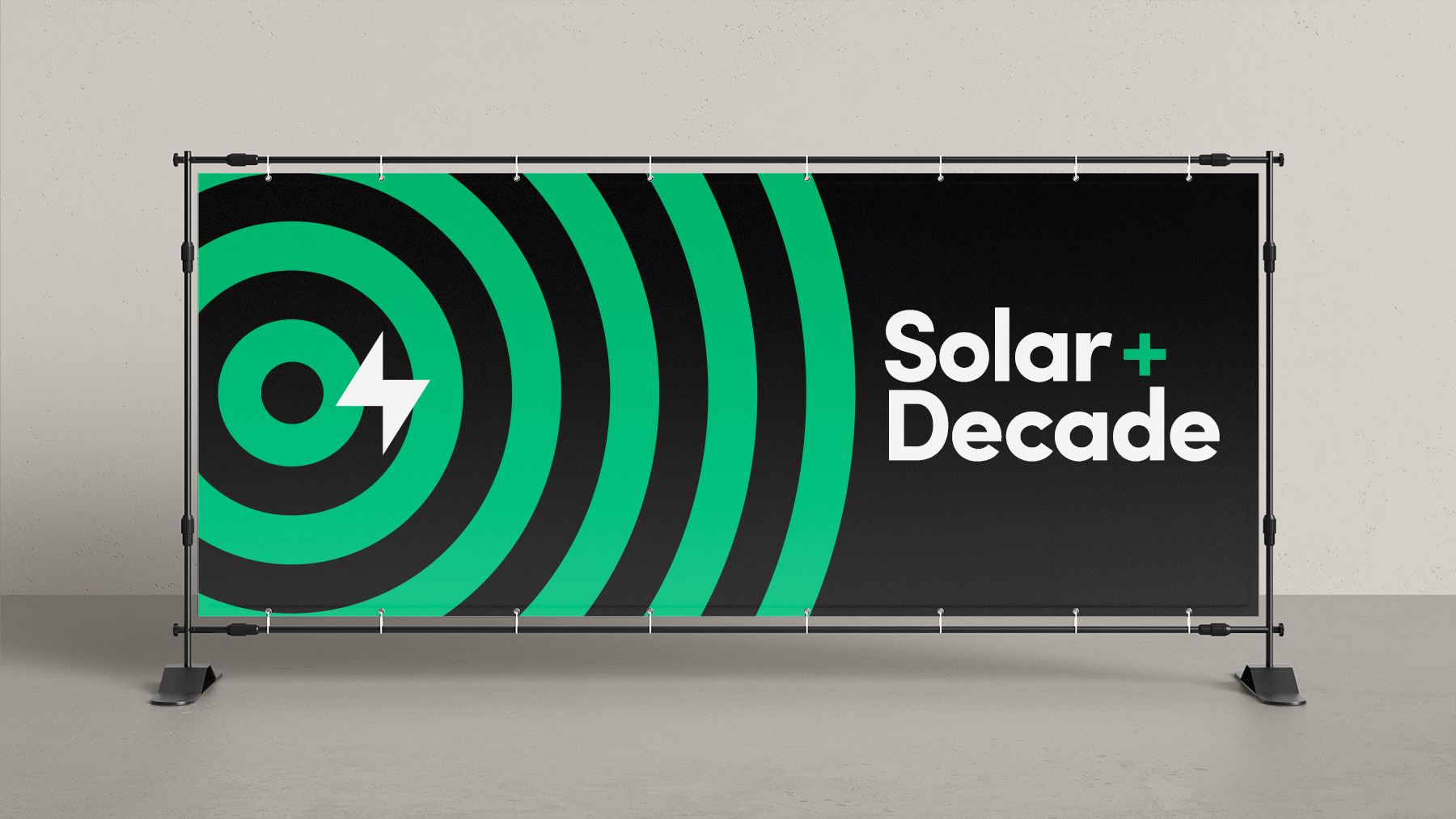Solar Sales-Only Companies are sales organizations who just sell solar and turn over their projects to subcontractors. There is nothing inherently wrong with these companies, in fact many solar companies follow this business model when they first enter the solar industry.
This business model can be a good starting point when you’re first starting out, but there are many drawbacks to this in the long-term:
Drawback # 1: Homeowners View You as “Risky”
You can become very good at selling solar, but you’ll always be challenged when a homeowner asks “Do you do your own installs?”
This is important to homeowners and they’re right.
It becomes very risky for both you and a homeowner, when you give up control of operations and hire a subcontractor to complete their solar installation. There is no control over how subcontractors do their work, who they hire, or even the materials and processes they use.
Drawback #2: Difficult to Differentiate Yourself from Your Competitors
When you rely on subcontractors, you’re often stuck selling the materials or financing options they use. If many of your competitors rely on the same subcontractors, it’s difficult to set yourself apart from the competition, because you offer the same materials, installers and financing options.
How do you differentiate yourself from your competitors other than lowering your prices?
Drawback #3: Subcontractors are Expensive
It may not seem like a huge cost when you’re first getting started and selling a few projects each month. As you grow and consistently close customers, you’ll discover just how expensive it is to hire subcontractors and how much they eat into your profit margins.
When you begin to consistently close 8 deals per month, we recommend that you hire your own installation crew. This can save you $28,000 per month that you would otherwise pay out to subcontractors. When you start to close 12-14 deals per month, we recommend that you bring on a second installation crew. At that volume, you can cut your costs by $43,000-$50,000 per month by bringing your operations in house.
Drawback #4: You Give Up Control of Your Business
When you decided to venture out and become a business owner, you wanted the freedom and ability to run your own business. You lose this ability when you give up control of your business to subcontractors.
When you hand off your customers to a subcontractor, you can no longer ensure your customer has a good experience and this can lead to negative reviews. Negative reviews make it difficult for you to sell to future customers. You can soon be forced to lower your prices in order to compete. This obviously creates a downward spiral that no business owner wants to face.
Key Takeaway: Solar Sales-Only Companies
If you follow this business model, you are not set up for long-term success. You might be profitable in the short-term, but you are not building a business - you’re only collecting commissions.


